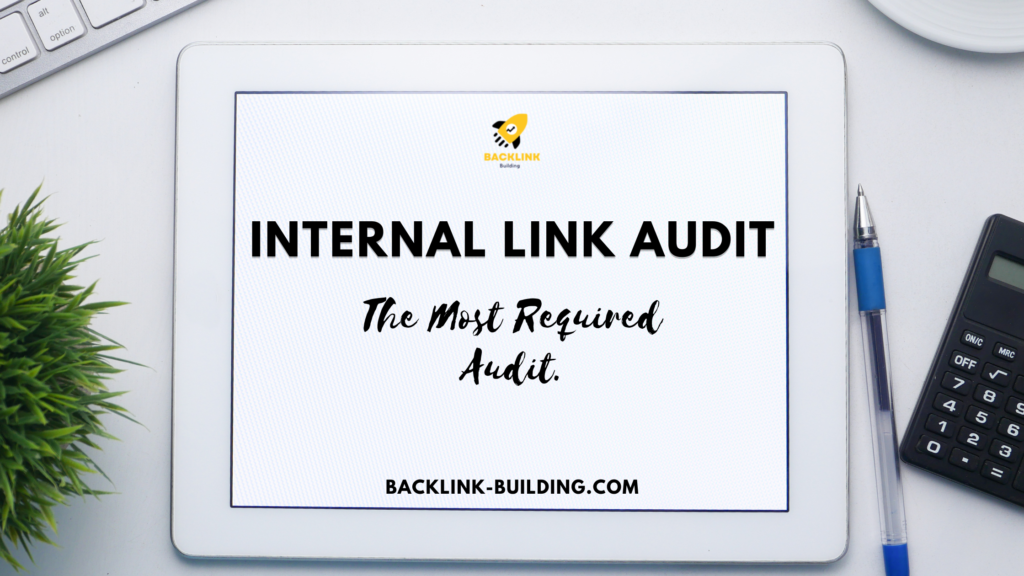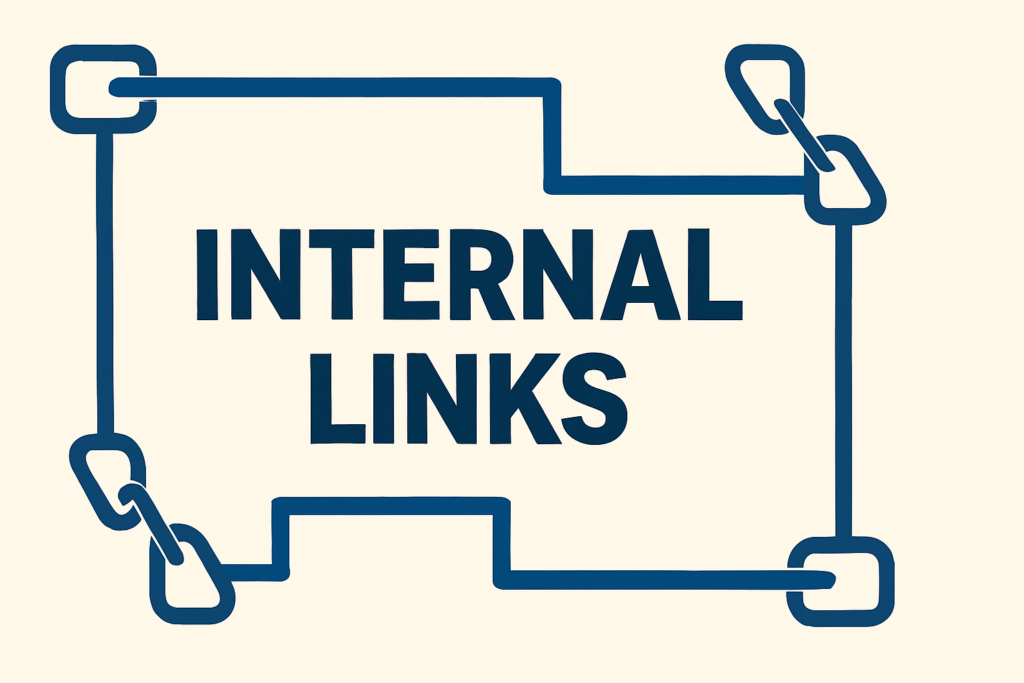
Links play an essential role in SEO. They help Google, and other search engines determine the structure and hierarchy of your website. Internal links are essential, as they help improve user experience and keep people on your website longer. This blog post will discuss how to conduct an internal link audit for your website.
We will cover the basics of links, types of links, and internal links and then walk you through five steps to performing an internal link audit yourself!
So, let’s get started by defining links.
What Are Links?
In the context of websites, links (also known as hyperlinks) are a way for users to navigate from one page to another. They can be internal, linking within your website, or external, linking to another website altogether.
Sometimes links will appear as a word or phrase, and clicking on it will take the user to the linked page. Other times, they may be an image or button.
Types Of Links
There are three main types of links:
- Internal Links,
- External Links, and
- Backlinks.
Internal links are those that connect one page on your website to another page. External links, however, link to a different website entirely. Backlinks, also known as inbound links, are links from another website to your website.
What Are Internal Links?

It’s essential to have a proper internal linking strategy, as it can impact your website’s ranking in search engine results. As mentioned above, internal links connect one page on your website to another page. They help improve the user experience by allowing them to navigate easily within your website and boost SEO by showing search engines the hierarchy and structure of your site.
What Is an Internal Link Audit?
An internal link audit analyzes and reviews all internal links on your website to ensure they are relevant, functioning correctly, and optimized for search engines.
Why Is Internal Link Audit Essential?
An internal link audit ensures that your internal links are helping, rather than hindering, your website’s success. There are five main reasons why an internal link audit is essential:
- It helps improve the user experience by ensuring all internal links function properly and taking users to the correct pages.
- It can help boost your SEO by identifying and fixing any broken internal links and ensuring that your internal linking strategy is helping search engines understand the structure of your website.
- It allows you to analyze the effectiveness of internal links and potentially redirect them to more relevant pages.
- It helps identify any potential security issues with internal links, such as linking to pages that have been hacked.
- It can improve your website’s overall performance and speed by identifying internal links that may slow down page loading times.
Now that we’ve covered the basics and importance of internal link audit let’s walk through the steps to conduct one yourself.
Five Steps To Perform Internal Link Audit.
Run The Website Through A Website Crawling Tool
This will allow you to quickly identify internal links within your website and any potential issues with them. Four of the website crawling tools are as follows:
- Screaming Frog: This tool is used by many professionals and can crawl both small and large websites. It does have a fee for use, but there is also a free version with limited crawling abilities. Such as it allows you to crawl up to 500 internal pages for free and requires a license to Crawl more pages. It gives an in-depth report of internal links analysis, including the anchor text and status of internal links.
- DeepCrawl: This tool offers both a crawling tool and internal linking analysis, making it an excellent option for comprehensive internal link audits. It allows you to crawl unlimited pages and offers internal link analysis, including anchor text and status. It does have a fee for use but offers a free trial. But, after getting the license.
- SEMrush: this tool is one of the most popular among SEO professionals, and for a good reason. It offers internal link analysis and many other features, such as keyword research and backlink analysis. It does have a fee for use but also offers a free trial.
- SEOPTIMER: This free crawling tool offers internal link analysis, including anchor text and status. However, it does have limited crawling abilities and may not be the best option for large websites.
Identify Any Broken Internal Links
Once you have crawled your website with one of the above tools, check for any broken internal links. These can harm the user experience and your website’s SEO, so fixing them as soon as possible is essential. The crawling tool should provide information on broken internal links, including the specific page and URL.
Assess Strategy
Look at your internal linking strategy and see if any improvements can be made. This can include linking to relevant pages, using anchor text effectively, and evenly distributing internal links throughout the website.
Redirect Any Necessary Internal Links
Set up a redirect if you come across internal links that could be redirected to more relevant pages. This can improve the user experience and potentially boost your SEO.
Keep Track Of Internal Link Changes
Keep track of any changes or updates made as part of your internal link audit. This will ensure that your internal linking strategy remains effective in the long run.
Does Internal Links Impacts Backlinks?
Internal links do not directly impact backlinks, as they are internal to your website and not external links from other websites.
However, a solid internal linking strategy can improve the overall SEO of your website, which in turn may lead to more backlinks. Additionally, internal links can help guide search engine crawlers to essential pages on your website, potentially leading to better indexation and improved SEO.
Which Has More Weightage: Internal Links Or Backlinks?
There is no clear answer regarding which has more weight in terms of SEO. Both internal links and backlinks are essential for improving the overall SEO of a website.
That said, High-quality backlinks and relevant websites can substantially impact your search rankings. However, a well-structured internal linking strategy can also benefit your website’s SEO. It’s best to focus on internal and backlinks for an effective overall SEO strategy.
FAQs
Q. How Often Should I Conduct An Internal Link Audit?
Conducting one at least once a year is recommended, but more frequent internal link audits may be necessary for larger websites. It ensures that your internal linking strategy stays up-to-date and effective.
Q. Can Internal Links Impact SEO?
Yes, internal links can have a positive impact on SEO. This includes improving the user experience and helping search engines crawl and index your website more effectively.
Q. Can Internal Links Harm SEO?
Poor internal links, such as broken links or ineffective strategies, can harm your website’s SEO. Auditing your internal links regularly is essential to avoid any negative impact.
Final Thoughts
Now that you know the importance of internal links and how to conduct an internal link audit, it’s time to put this into practice for your website. Remember to keep track of changes and regularly audit your internal links to ensure a solid internal linking strategy.
If you have questions regarding the internal link audit, feel free to comment in the comment section. We would be happy to answer you.
Thank you for reading 🙂


